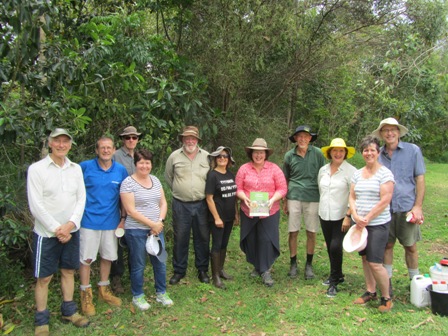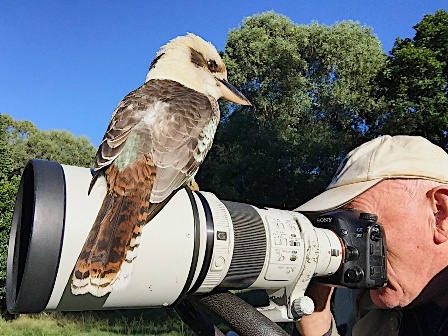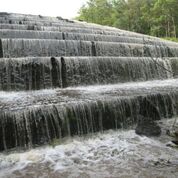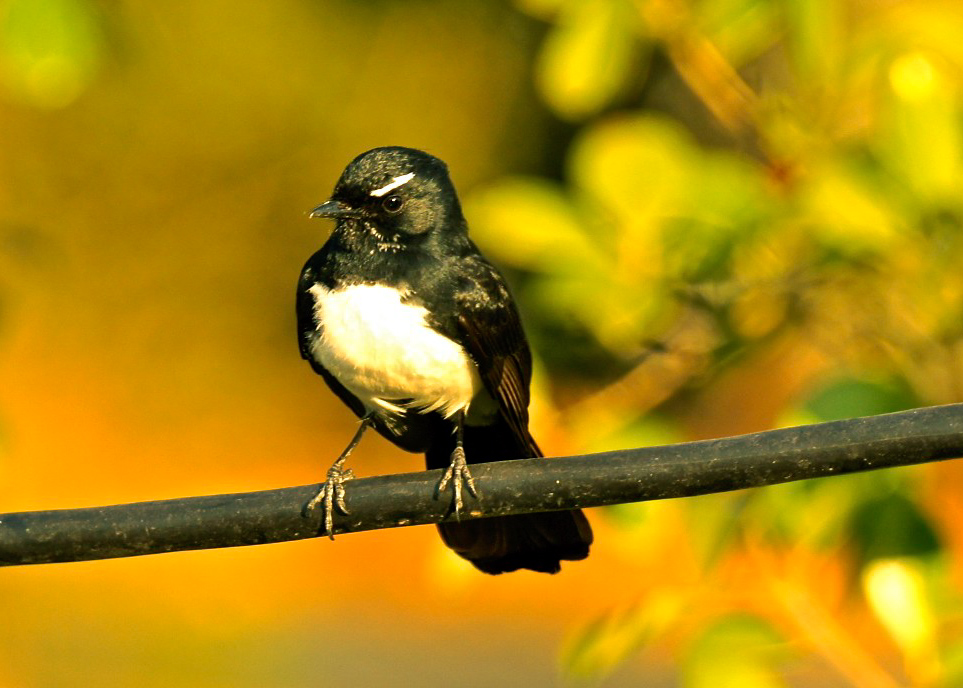On a damp and misty Sunday morning on 9th September, 47 intrepid (and chilly) volunteers arrived at their assigned sites before dawn on a mission to search for platypus.
This was the date of the 13th annual MCCG Platypus Survey, an initiative driven entirely by volunteers which contributes to a University of Queensland platypus PhD project.
Click here to read a full report of their 2018 findings compared to previous years, compiled and kindly provided by Dr. Christine Adams-Hosking.
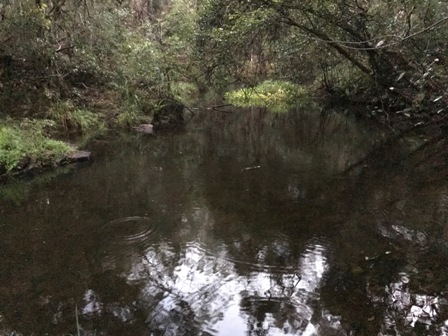
Platypus Ripples – courtesy of John Liddington, Sept 2018

